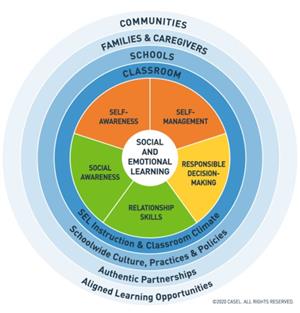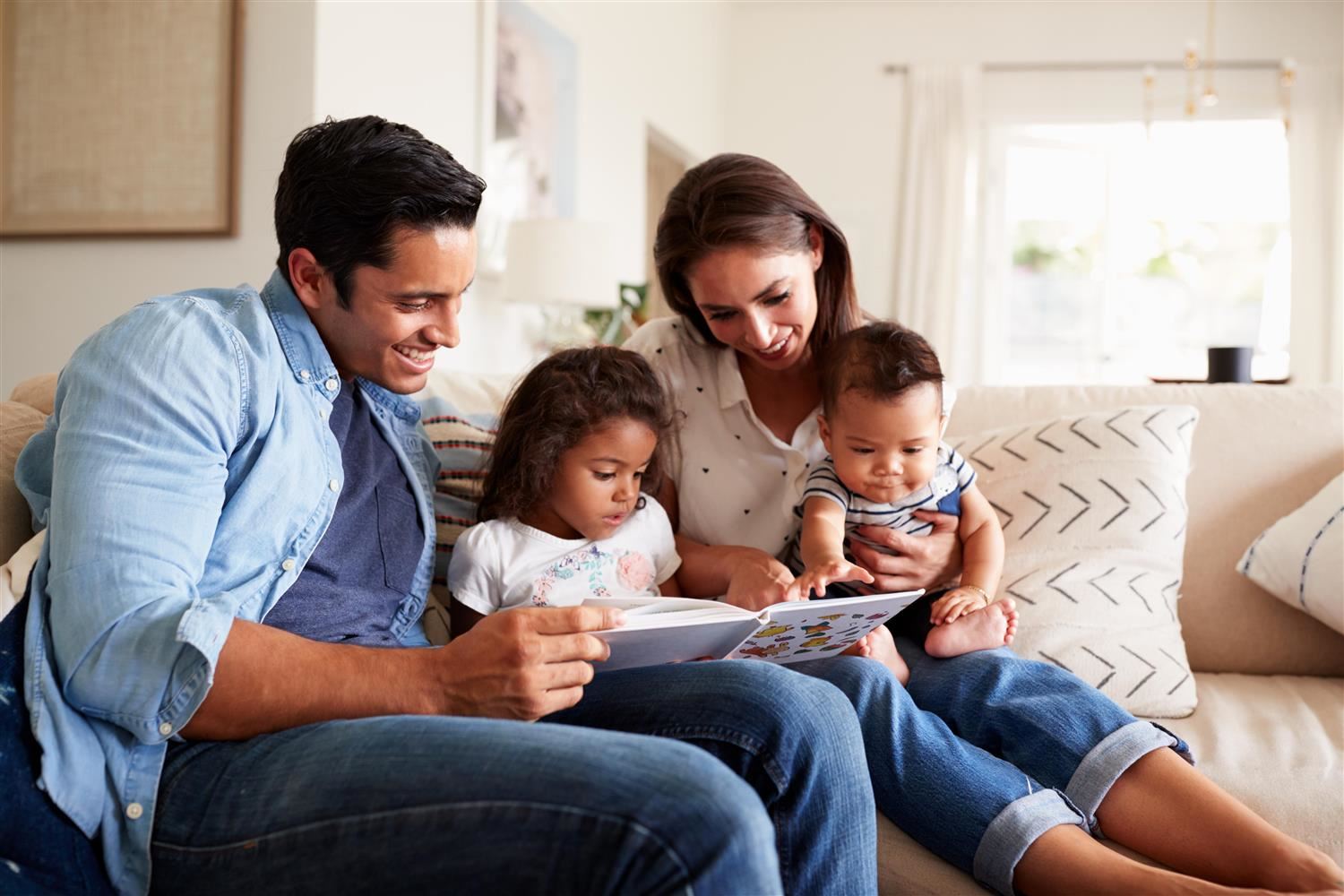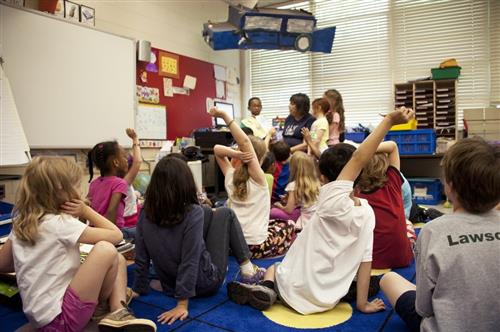Social and Emotional Learning

Welcoming Inclusion Activities
Routine openings that establish safety and predictability, support contribution by all voices, set norms for respectful listening, allow students to connect with one another and create a sense of belonging. To be successful these activities must be: carefully chosen, connected to the learning of the day and engagingly facilitated.
Engaging practices are brain-compatible strategies that can foster: relationships, cultural humility and responsiveness, empowerment, and collaboration. They intentionally build student SEL skills. These practices can also be opportunities for brain breaks that provide a space for integrating new information into long-term memory, otherwise it is soon forgotten.
End the day by having students reflect on, and then name something that helps them leave on an optimistic note. This provides positive closure, reinforces learning, can connect school to home, and create a moment of looking forward to returning tomorrow.
SEL 3 Signature Practices Quicklook
If used consistently, these practices can create conditions for growth and learning across all five SEL competencies while using culturally responsive teaching strategies to help create collaborative, equitable classrooms.


